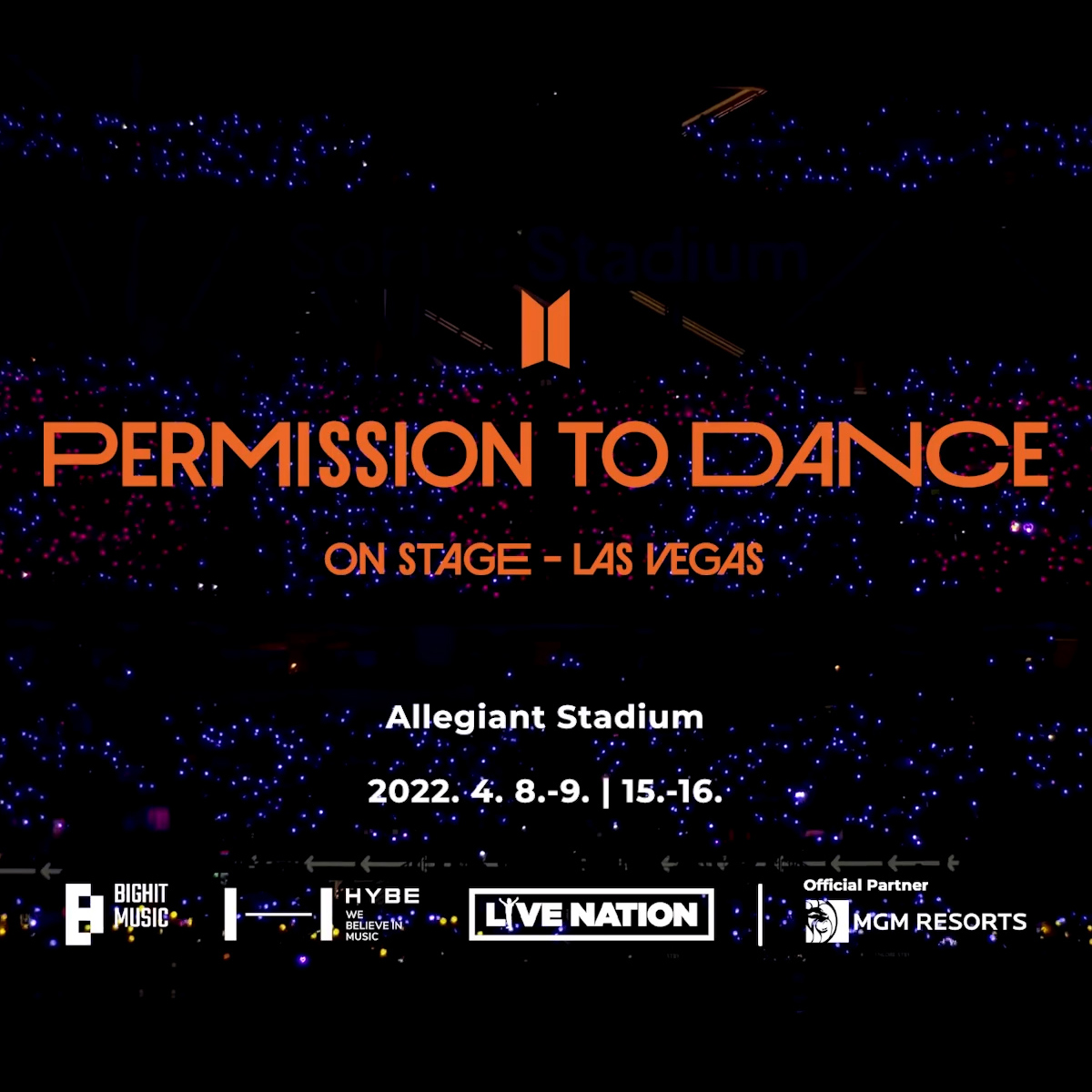
On February 22, the United Kingdom announced plans to ease lockdown restrictions related to COVID-19. With the omicron outbreak showing a downward trend, the plan is an aim at restoring normalcy. Among its goals is the return of musical performances. Pending adequate conditions, indoor concerts with up to 4,000 people and outdoor concerts with up to 10,000 people will be allowed starting May 17. Then, on June 21, all restrictions will be lifted and performances will no longer be subject to any such limitations. Naturally, this plan all depends on how conditions under the pandemic shift, and is subject to change. Other European countries are expected to follow in the UK’s footsteps and produce similar plans to ease restrictions. Meanwhile, most indoor events in the United States had been allowed since last summer so long as people were vaccinated (or tested negative) and wore masks, depending on the state. And, just recently, they began dropping mask mandates. In fact, the Coachella Valley Music and Arts Festival will be completely restriction-free when it’s held in April.
This all points to the world anticipating the start of an endemic period with COVID-19. This is especially true in the entertainment industry, where COVID-19 has hit particularly hard. But COVID-19 will continue to threaten performances for a long time to come. It’s still possible that a concert may be delayed or outright canceled if the performer or staff contract the virus, as was the case recently with Eddie Vedder. All the same, the change signals a huge difference in what can and can’t be done. It’s been a serious problem for most artists, for whom tours are practically a matter of survival and provide the financial stability that makes their ongoing creative process possible. A lot of thought went into online concerts and other novel performances during the pandemic, but they were never a completely viable substitute for standard concerts. Yes, those new types can provide alternative sources of revenue, but the artists still depend on in-person performances.
No one is expecting the entertainment industry to return to things exactly the way they were pre-pandemic, of course. The most pressing concern at the moment revolves around the most famous performers, who have enough star power to draw in huge audiences. At the same time, a considerable amount of money goes into those outsize performances. Consequently, the risks arising from COVID-19 as well as the rules around it remain. A global tour that spans countries over multiple continents only amplifies the problem. It’s for this reason that some are suggesting artists do their concerts as a residency instead, performing concerts in one place long-term before moving on. Most notable in the US are Las Vegas residencies. Once seen as something of an elephant graveyard, Vegas washed itself of its bad reputation after Celine Dion took up her fantastically well received residency, and it’s been even more impressive most recently. This year alone, Katy Perry, Carrie Underwood, Lady Gaga, Silk Sonic, Adele, Sting and more will perform in Vegas for anywhere from weeks to months at a time. It’s now artists who would normally go on tour to show off new material, rather than long-established artists with a lengthy catalog of classic hits, who are electing to do residencies. This decision doesn’t stop at popular music, either: Major orchestras in the US and Europe are likewise seeking out similar alternatives for the same reason. You might even have to visit Shanghai in order to see the New York Philharmonic in the future.
Korea has weathered the COVID-19 pandemic without resorting to lockdowns proper, and most performances can take place so long as they follow a set of infection prevention protocols. The situation is far more challenging and complex for those Korean artists seeking to perform elsewhere in Asia or in the world. As BTS moves between LA, Seoul and Las Vegas, that means there may be other artists who might be missing out on opportunities in other Asian markets. In other words, just because things have stayed relatively normal in Seoul, the same can’t be said for the K-pop concert industry as a whole. But, clearly, the doors will reopen in time. And when they do, there will be artists who have been ready and waiting, and we’ll see what they’ve got planned in the not-too-distant future.
Unauthorized reproduction and distribution prohibited.